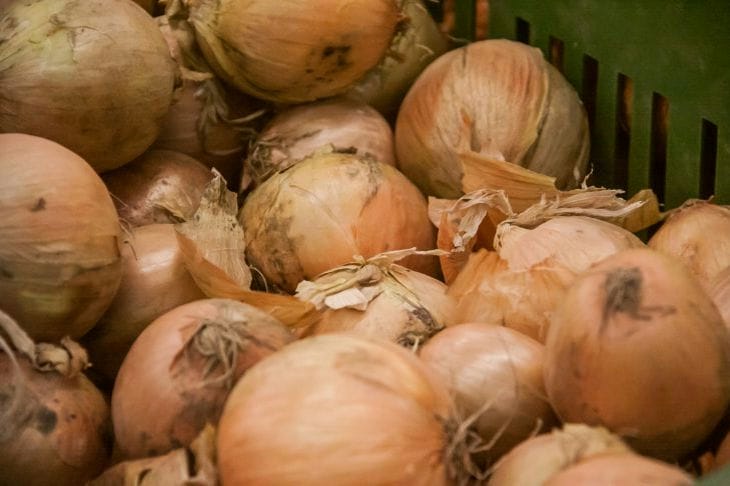How to Use Onion Peels to Feed Seedlings: A Natural Growth and Protection Stimulator
In an effort to grow strong and healthy seedlings, gardeners often turn to various chemical fertilizers and growth stimulants.
However, there is a natural and affordable remedy that can provide young plants with the necessary microelements and protect them from diseases - ordinary onion peel.
Valuable composition of onion peel
Onion peel is not just waste, but a real storehouse of useful substances. It contains vitamins (A, B, C, E, PP), microelements (potassium, phosphorus, magnesium, iron, manganese, copper), phytoncides and quercetin.
Such a rich complex has a beneficial effect on the growth and development of seedlings, says Anastasia Kovrizhnykh .
Stimulates growth and improves immunity
The use of onion peel infusion promotes active growth and development of the root system of seedlings, which subsequently has a positive effect on the growth and yield of plants.

Vitamins and microelements strengthen the immunity of young plants, making them more resistant to diseases and adverse environmental conditions.
Protection from diseases and pests
Phytoncides contained in onion peels have powerful antifungal and antibacterial effects.
They effectively combat various seedling diseases, such as black leg, late blight and powdery mildew. In addition, the specific smell repels pests, protecting young plants from their attacks.
Ease of use
It is very easy to use onion peels for seedling feeding. There are several ways to prepare the infusion:
- Cold infusion: the husk is poured with cold water and infused for 24 hours.
- Hot infusion: pour boiling water over the husk and leave for several hours.
- Decoction: boil the husk for 10-15 minutes, then cool and strain.
The resulting infusion is diluted with water in a ratio of 1:5 and used to water the seedlings at the roots.
Universal fertilizer for different crops
Onion peel infusion is suitable for feeding seedlings of various crops: tomatoes, peppers, cucumbers, cabbage, flowers and others. It not only nourishes plants, but also improves the quality of the soil, making it looser and more fertile.
Eco-friendliness and accessibility
Using onion peel is an environmentally friendly and economical way to feed seedlings. This affordable product can be found in every home, so you don’t have to spend money on buying chemical fertilizers.
Earlier we wrote about how to get rid of bindweed in the garden.
